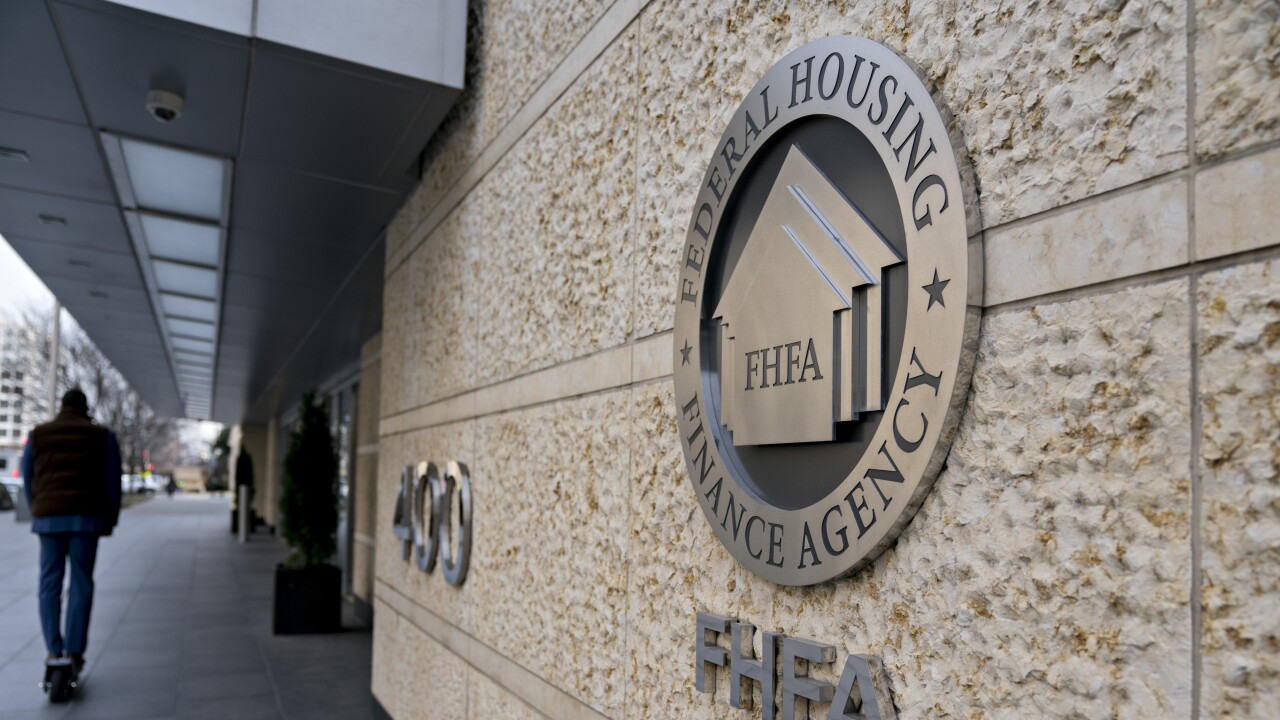Although the average borrower that suspended payments for pandemic hardships is most frequently choosing
There were 11,434 loan modifications as 130,014 deferred payments in the first quarter, as compared to 9,347 and 185,112 (respectively) during the previous fiscal period, the Federal Housing Finance Agency reported Tuesday. Mods haven’t been this high since the first quarter of 2020, when they totaled 16,773.

That suggests that while loan modifications are still running at a rate well below normal levels, they are starting to add incrementally to mortgage servicers’ workload. An assessment process similar to income qualification needed for a new loan is needed for modifications, but not deferrals.
“The deferral returns the borrower to their existing payment and ... it is far easier to execute operationally than the mod, which requires an underwrite of the loan,” said Matt Tully, chief compliance officer and head of agency affairs at servicing technology firm Sagent, in an email.
While mortgage servicers who tend to borrowers’ payments have been able to manage their workload to date using
“To handle an influx of deferrals and mods, some of our servicing clients have shifted personnel who would traditionally be handling foreclosures — cannot currently do that work due to the moratorium — to focus them on working with borrowers on retention options,” he said.
When the government lifts foreclosure and forbearance bans, servicers may need to consider additional use of technology or hiring. At press time, the two agencies — which focus on serving low-to-moderate-income borrowers — were scheduled to
“This is all going to be interesting ... if the foreclosure moratorium actually expires,” said Richard Koss, chief research officer at mortgage analytics provider Recursion, in an interview. “That’s when you will really know what is going to happen.”





